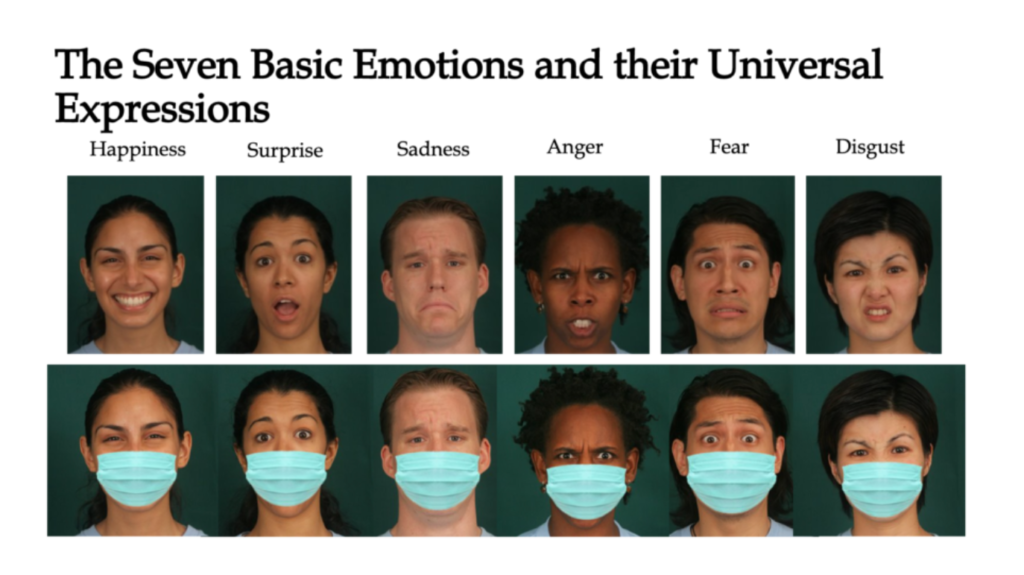School is back in session! Humintell Director David Matsumoto has been a Professor at San Francisco State and Judo Instructor for over 30 years. In this video, he explains how reading facial expressions of emotion and body language (nonverbal behavior) has so many benefits in the educational process.

Teachers
For teachers, reading their kids’ and their student’s facial expressions of emotion is incredibly important. It helps them know if the students are getting the material or not, engaging with the classroom or not, and so many other things.
Students
For kids, it’s important to read each other’s nonverbal behavior and especially facial expressions of emotion for many reasons. It’s important for kids to be able to read their teachers so they can get the additional messages about what they’re trying to learn.
But it’s also very important for kids to be able to read facial expressions of emotion in everyone else for their social and emotional development, which is so important and is such an important part of the educational process- above and beyond the knowledge that kids learn.
Going Back Masked

But as you know as kids and teachers in many states and countries around the world are going back masked with a large portion of our faces covered, reading body language and especially facial expressions of emotion is a challenge.
And not doing so challenges the many benefits in reading facial expressions of emotion that would normally occur when we’re back in school.
In fact, there’s been some recent research about this that has shown that people are less accurate in reading each other’s facial expressions of emotion because of the masks.
All is Not Lost

We can still learn to read facial expressions of emotion even when people are wearing masks.
All of us here at Humintell want to help especially educators overcome this challenge during our recovery from the COVID-19 pandemic.
We’ve got a number of blogs on this topic that can hopefully inform us more and give us more important knowledge about this important issue:
We’ve also got some brand new online courses that can help people learn to read facial expressions of emotion even when others are wearing masks. They made be helpful not only for educators but also for health professionals, security personnel, and anyone who’s dealing professionally with others wearing masks.
So please check out our resources. We hope that they can help all of us be the best that we can be in reading people and reading facial expressions of emotion during this difficult time.
The post Body Language in the Classroom first appeared on Humintell.





 So you want to
So you want to